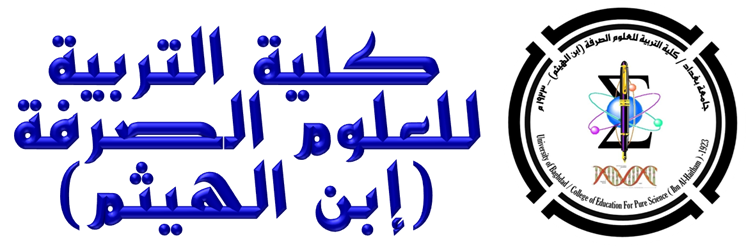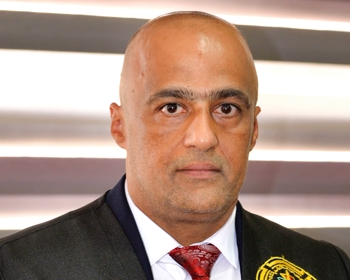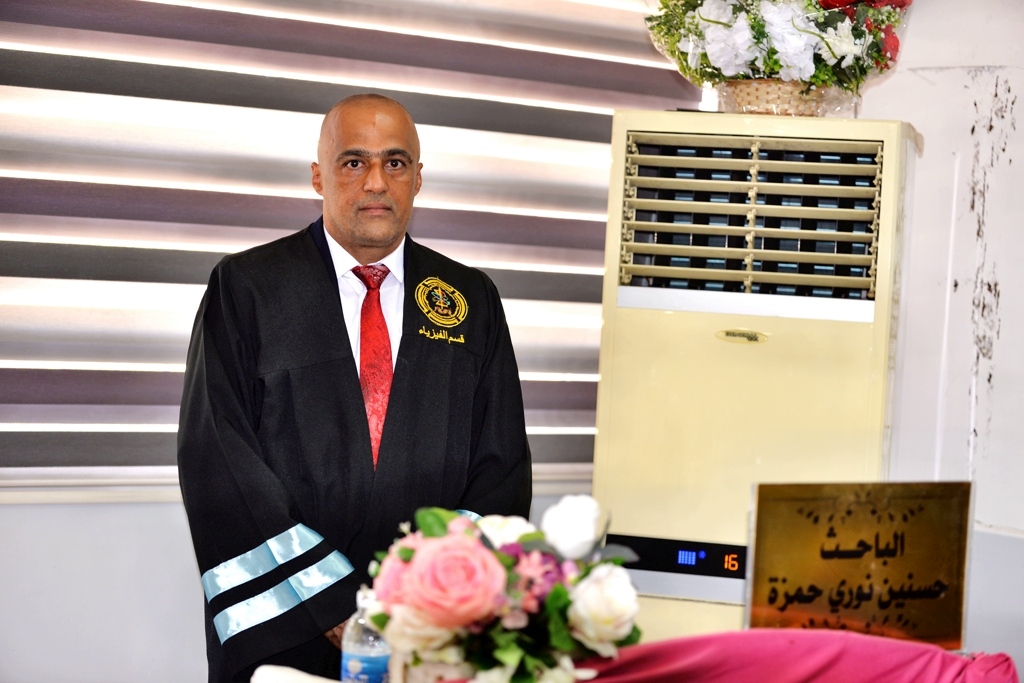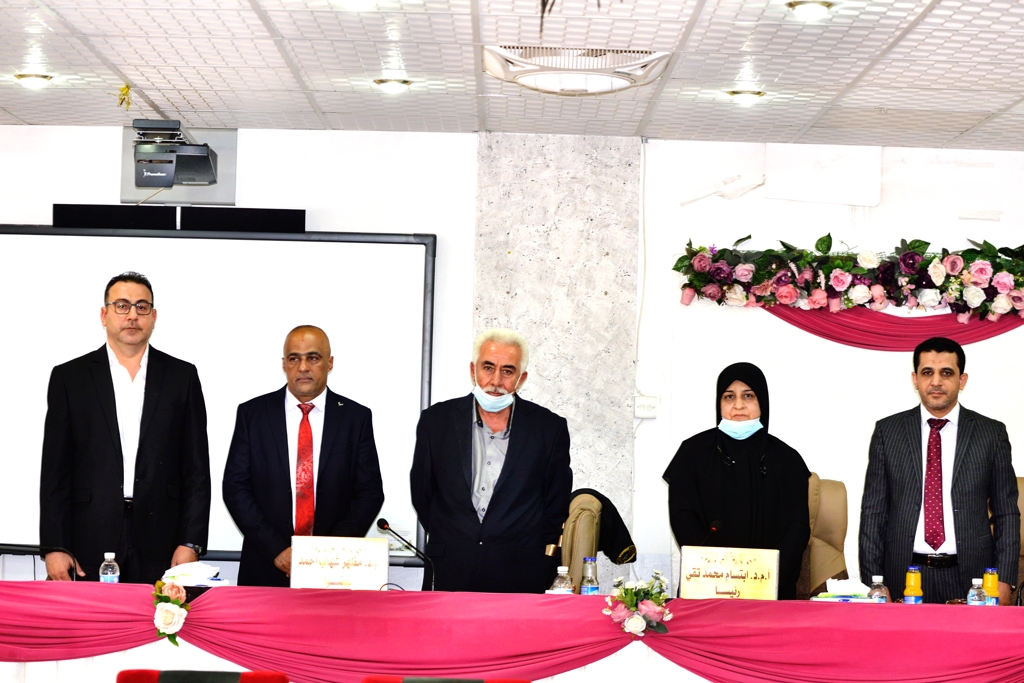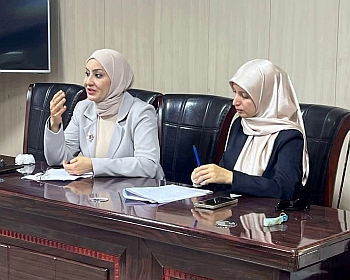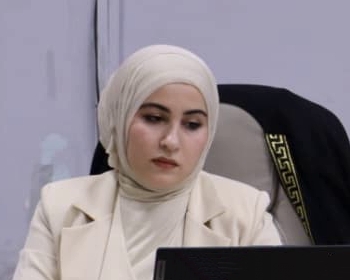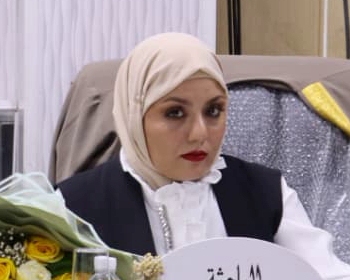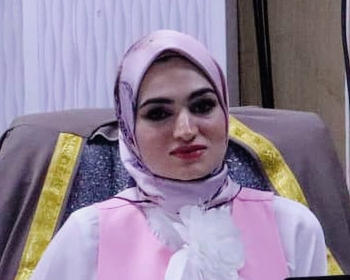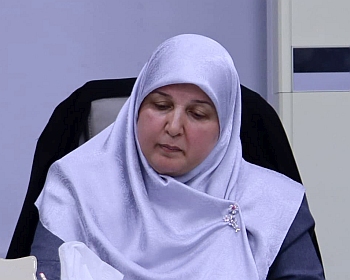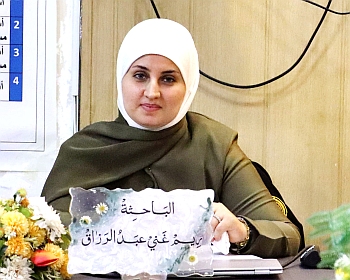ناقش قسم الفيزياء في كلية التربية للعلوم الصرفة (ابن الهيثم) رسالة الماجستير الموسومة (دراسة نظرية للخصائص البصرية لبعض أنواع المركزات الشمسية) للطالب (حسنين نوري حمزة) التي انجزها تحت اشراف التدريسي في القسم (أ.م.د. علاء بدر حسن) ونوقشت من قبل أعضاء لجنة المناقشة المبينة أسمائهم في ما يأتي :
-
أ.م. د.أ بتسام محمد تقي (رئيسا)
-
أ.م.د. علاء حسين شنيشل (عضوا).
-
م.د. مظهر شهاب احمد (عضوا).
-
أ.م.د علاء بدر حسن (عضوا ومشرفا).
ويهدف البحث الى تصميم مركز شمسي ذو قطع زائد ومقارنته مع تصميم مخروطي بيضوي الشكل عن طريق برنامج (Zemax) للتصاميم البصرية ودراسة نسبة التركيز وطول المركز ونسبة المظهر وتأثيرها في كفاءة التصميم. وبيان تأثير زاوية السقوط للأشعة الشمسية على كفاءة التصميم وعلاقته بزاوية القبول.
تم في هذه الدراسة استخدام برنامج Zemax لتصميم مركز ذي القطع الزائد ومركز مخروط بيضوي، ومركز مخروط ذي اقتطاع زاوي. لنمط تتبع الاشعة غير المتسلسل عن طريق الانعكاسات الداخلية المتكررة داخل المركز الشمسي. الاداة المستخدمة في هذا العمل هي اداة قراءة الكاشف حيث تمثل اهم اداة لنمط تتبع الاشعة غير المتسلسل، والتي من خلالها يمكن قراءة ومعرفة عدد الاشعة الواصلة للكاشف. الغرض الاساس من استخدام ادوات التحليل هو من اجل تقييم اداء النظام البصري المصمم وتحديد عدد الاشعة التي بإمكانها الوصول الى الكاشف لتؤدي وظيفتها في نقل طاقة الاشعاع الى المستقبل لغرض تسخين المستودع الحراري وبالتالي الاستفادة منه لأغراض متعددة كتوليد الكهرباء والتدفئة وغيرها. ان تقييم كفاءة اداء التصميم يتطلب معرفة مدى تأثر النظام البصري بتغير المعلمات البصرية. ان هذه المعلمات تعمل على اعطاء فكرة واضحة على كيفية عمل النظام ومستوى الاداء المطلوب من خلال التغير الحاصل فيها. حيث تمت دراسة كل نموذج من خلال تقييم الكفاءة البصرية وعلاقتها مع زاوية السقوط بتغيير نسبة المظهر، نسبة التركيز، وطول المركز. تم تصميم نماذج مختلفة للمركز الشمسي بتراكيز متفاوتة لأجراء مقارنة بين تلك النماذج ان زيادة نسبة المظهر تؤدي الى نقصان الكفاءة البصرية للمركز لقيم اقل من (80%) خصوصا لقيم (A/B < 1.5) . ان زيادة تفلطح المركز ينتج عدم تناظر للتصميم خصوصا في محور استلام الاشعة الشمسية، لذلك يؤثر على كمية الاشعة الداخلة الى المركز والمستلمة من الكاشف بسبب تغير اتجاه الانعكاسات الداخلية نتيجة اللاتناظر الحاصل في نموذج مركز القطع الزائد البيضوي. تم تغيير طول المركز من (mm100–mm500) بنسبة مظهر (A/B=1,1.5, 2, 2.5, 3, 3.5, 4,4.5, 5) ونسبة التركيزC=1, 2, 3, 4, 5, 6, 7, 8, 9, 10)).
وخلص الطالب الى التوصيات الاتية :
-
تصميم مركز شمسي مخروط بحاجز امامي ذي فتحة متغيرة القطر.
-
-2دراسة تأثير نسب تركيز منخفضة على أداء وكفاءة المركز الشمسي نوع قطع زائد الشكل باستخدام برنامج (Zemax).
Theoretical Study of Optical Characteristics of Some Types of Solar Concentrates
By Hassanien Noori Hamza
Supervised by Assist. Dr. Alaa Badr Hasan
Aim of the Work
The design of a solar center is plus-cut and compared to an oval conic design by program (Zemax). For visual designs and study of concentration ratio, center length, and appearance ratio and their impact on design efficiency. and the impact of the fall angle of solar rays on the efficiency of the design and its relation to the acceptance angle.
In this study, a program was used. Zemax Design Program for the Elliptical Hyperbolic Concentrator, Elliptical Conic Concentrator, and Conical Concentrator of Angular Truncation. The non-sequential ray tracing mode has been used by repeated internal reflections within the solar concentrator. The tool that used in this work is the detector reading tool, which is the most important tool for non-sequential mode, through which the number of rays coming into the detector can be read and known. The primary purpose of the use of analytical tools is to evaluates the performance of the designed optical system and to determine the number of rays that can reach the detector to transfer of radiation energy to the receiver heat, and thus for multiple purposes such as electricity generation, heating, etc. Assessing the efficiency of design performance requires knowing the extent to which the optical system is affected by changing optical parameters. These parameters gives a clear idea of how the system works and the level of performance required by changing. Each sample was studied by assessing optical efficiency and its relationship to the incidence angle by changing the aspect ratio, concentration ratio, and concentrator length. Different samples of the solar concentrator were designed with varying combinations to compare these samples, The increase in aspect ratio has decreased the optical efficiency of the concentrator for values below (80%), especially for values (A/B=1.5). Increasing in concentrator flattens results in asymmetrical design, especially in the receiving axis of solar rays, which therefore affects the number of rays entering the concentrator and received from the detector due to the changing direction of the internal reflections due to the asymmetry in Elliptical Hyperbolic Concentrator model. The length of concentrator was changed from (mm 100-mm 500) and the aspect ratio (A/B=1,1.5, 2, 2.5, 3, 3.5, 4,4.5, 5) and concentration ratio (C=1, 2, 3, 4, 5, 6, 7, 8, 9, 10) .
Future Works
– The design of a solar center is a cone with a front barrier with a variable diameter opening.
2Study of the impact of low concentration ratios on the performance and efficiency of the Solar Center Type Plus Cut using a program (Zemax).
